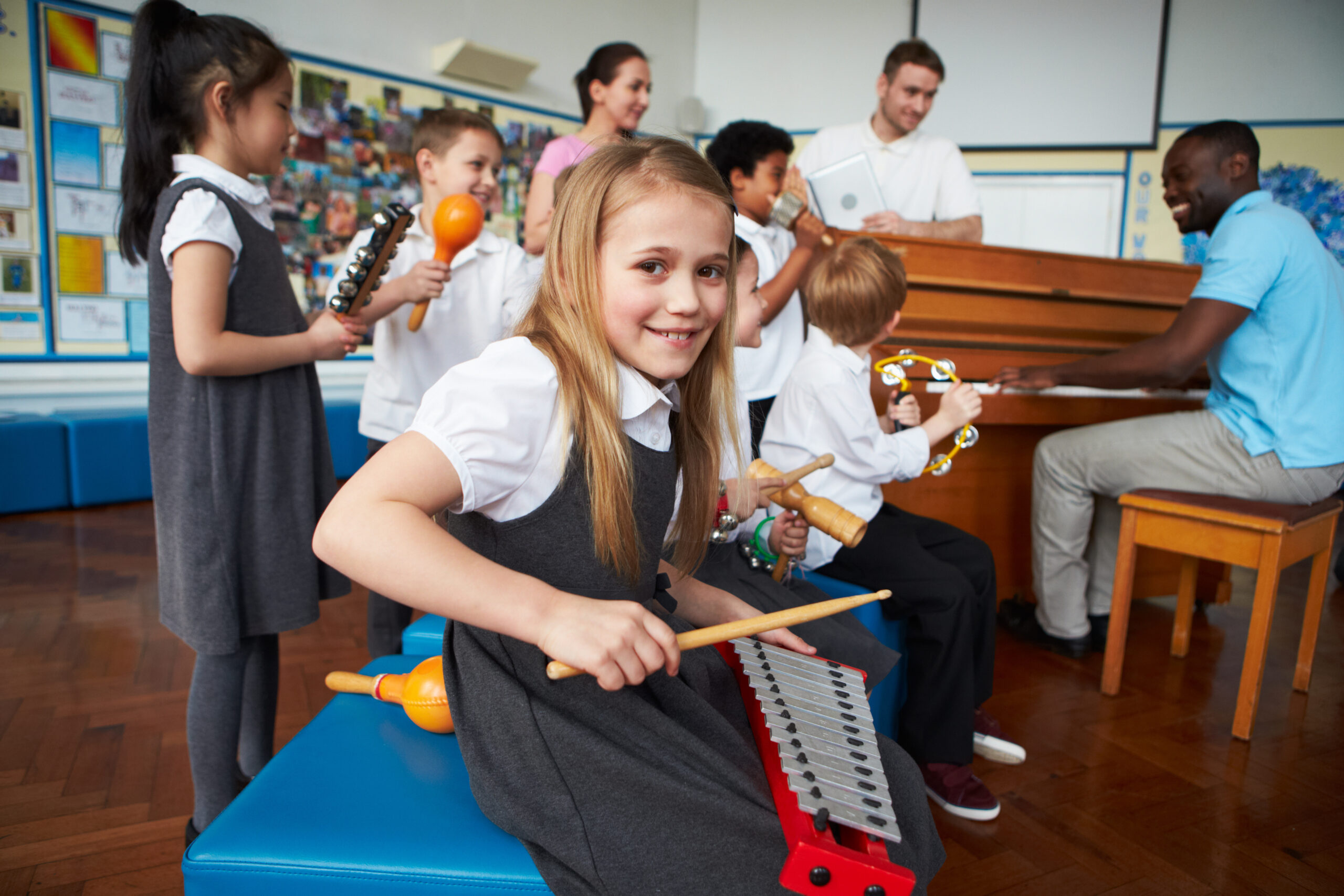
The artwork leading into this article is a painting called ‘Children’s Games’ (1560) and it depicts more than two hundred children playing over eighty different games. It is one of Pieter Bruegel the Elder’s works from his later period.
“I’m not sure anything is learned better than what is learned as a game.”
Erasmus, ‘De utilitate Colloquiorum’ (1526)
Erasmus and the Humanists
In the century in which Bruegel’s ‘Children’s Games’ was created, game playing was widely recognized as a vital component of childhood and a positive force on many levels, a view epitomized by Erasmus (1466-1535) in his statement above.

The humanist educators wanted to encourage children to love learning, and they knew that this would not be achieved if students were compelled to fill every hour of the day with study. Recreational breaks to refresh the mind were thus recognized as a necessity, and games represented the ideal form of respite. In the formal treatises of humanists (like Erasmus, Vives and Cordier) games were positioned in a supporting role by rounding out the program of academic study, however in the numerous school colloquies produced by the same authors, (game)play took center stage and regarded play chiefly in the context of the broader curriculum; in one of Vives’s colloquies (i.e. ‘Leges ludi’), a character states unequivocally: “Man is constituted for serious affairs, not for frivolity and recreation. But we are to resort to games for the refreshing of our minds from serious pursuits. The time, therefore, for recreation is when the mind or body has become wearied.”
Johan Huizinga’s ‘Homo Ludens’
 Dutch historian and cultural theorist Johan Huizinga extensively studied the works and colloquies of Erasmus, resulting in his book ‘Erasmus and the Age of Reformation’ (1924). In 1938 he published a book, titled ‘Homo Ludens‘ in which he discusses the importance of the play element of culture and society. Huizinga suggests that play is primary to and a necessary, primary formative element of human culture. The Latin word ludens is the present active participle of the verb ludere, which itself is cognate with the noun ludus. Ludus has no direct equivalent in English, as it simultaneously refers to sport, play, school, and practice. Huizinga’s work remains to this day of significant importance for arts and culture within the context of governmental policy making.
Dutch historian and cultural theorist Johan Huizinga extensively studied the works and colloquies of Erasmus, resulting in his book ‘Erasmus and the Age of Reformation’ (1924). In 1938 he published a book, titled ‘Homo Ludens‘ in which he discusses the importance of the play element of culture and society. Huizinga suggests that play is primary to and a necessary, primary formative element of human culture. The Latin word ludens is the present active participle of the verb ludere, which itself is cognate with the noun ludus. Ludus has no direct equivalent in English, as it simultaneously refers to sport, play, school, and practice. Huizinga’s work remains to this day of significant importance for arts and culture within the context of governmental policy making.
“The creation of something new is not accomplished by the intellect but by the play instinct.”
Carl Jung.
21st century developments
Although it would be incorrect to state that Erasmus’s colloquies and Huizinga’s ‘Homo Ludens’ were the identifiable precursors leading to the inevitable development of ludodidactics – as Willem-Jan Renger explained in his interview that the application of gaming principles in education was something that he discovered out of necessity – one cannot ignore this relevant historical context of education and culture in the Netherlands. Also, the rise of the Dutch gaming industry and the founding of the faculty Games and Interaction at the HKU have further contributed to a climate of educational innovation.
Recommended reading
- Orrock, A. (2012). ‘Homo ludens: Pieter Bruegel’s Children’s Games and the Humanist Educators’, Journal of Historians of Netherlandish Art 4:2 (Summer 2012) DOI: 10.5092/jhna.2012.4.2.1
Download as PDF. - Huizinga, J. (1938). ‘Homo Ludens: Proeve eener bepaling van het spel-element der cultuur’.
Available in English as ‘Homo Ludens : A Study of the Play-Element in Culture’. ISBN10 1614277060.





